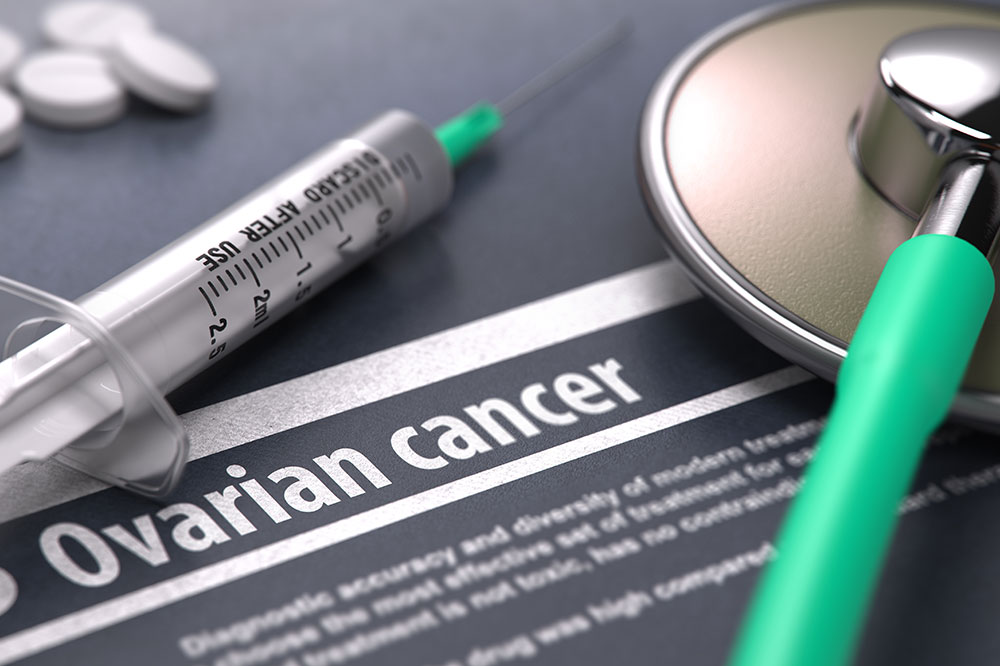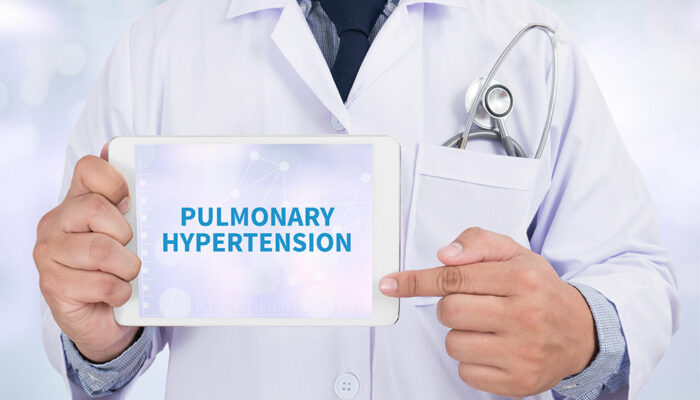
Stages and Risk Factors for Ovarian Cancer
Women have two ovaries, situated on either side of the uterus, and cancer that originates in them is called ovarian cancer. It is a rather common form of cancer among women. Even though it is treatable to a certain extent, it may be life-threatening if neglected. This is why it is important to know the stages and risk factors of ovarian cancer.
Stages
Ovarian cancer is classified into four stages, depending on its intensity and the extent to which it has spread.
1. Stage 1
In this stage, the cancer has not spread to other areas, such as the fallopian tube, and is still limited to the ovaries. It is a low-risk stage. Treatment options usually include surgical removal of the tumor from the ovaries. If the doctor deems it fit, they may also recommend removing parts of the associated fallopian tube.
2. Stage 2
In this stage, the cancer has increased and spread to the surrounding regions. These may include spreading to the bladder, uterus, rectum, etc. However, at this stage, the cancer is within the boundaries of the pelvis and has not exceeded beyond that.
3. Stage 3
In this stage, the cancer has metastasized to the pelvic regions and affected the fallopian tube, one or both ovaries, and abdominal cavity.
4. Stage 4
This is the last stage of ovarian cancer, where the affected tissues have spread to the liver, lungs, bones, or intestines. The cancer will have affected the fluid around these organs and hampers their regular functioning.
Risk factors
Aside from knowing the stages of ovarian cancer, which is what helps determine its treatment, it is crucial to know the risk factors associated with the condition. This knowledge can help you adopt certain dos and don’ts into your daily life.
1. Age
The risk of developing ovarian cancer increases with age; the older you get, the higher chances you have. While this risk factor cannot be managed, women above the age of 40 should get themselves checked for cancer regularly. This condition is more common among women who are aged 63 or more.
2. Hereditary
If anyone in your family has had ovarian cancer, it is likely that you will acquire the gene mutation that leads to its development. This is not necessary, however; it does mean that you need to be more cautious of your health.
3. Previous diagnosis of breast cancer
Women who have been diagnosed and treated for breast cancer have an increased risk of acquiring ovarian cancer. Moreover, the chances of the condition are higher in those women who have a family history of breast cancer.
4. Fertility treatment
Taking the aid of certain fertility treatment options such as IVF (in vitro fertilization) increases the risk of developing ovarian cancer. It is recommended to have a discussion with your doctor about the risk related to ovarian cancer and fertility treatments before you start it.
If you see any symptoms or associate with any of the risk factors of ovarian cancer, it is strongly advisable to consult a doctor without any delay.



